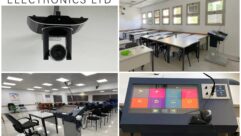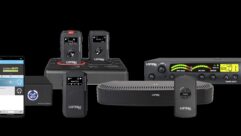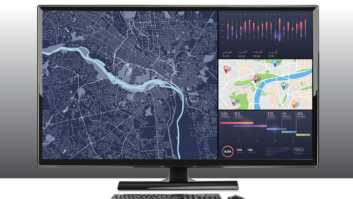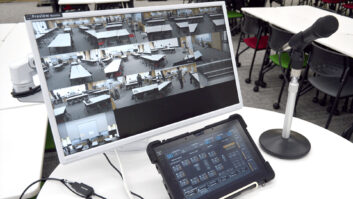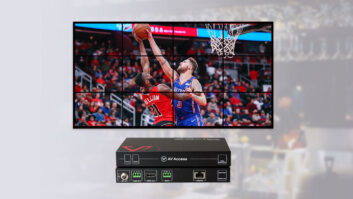The last time we saw Google’s Project Starline, it took the form of a large video-calling booth, much like Logitech’s similarly named Project Ghost. Project Starline, Google’s foray into making video calls more immersive and lifelike, has reappeared at this year’s I/O conference, revealing a pretty drastic shift in its approach. No longer a large booth, the technology is now housed in a much smaller formfactor that looks a lot more like a large TV than an entire cubicle. To achieve this, the number of cameras used for the 3D modeling have been drastically reduced, and infrared light emitters have been replaced entirely by AI algorithms and machine learning. AI is the key factor in this iteration of Project Starline, as images taken from multiple camera angles are processed by AI to form a believable “hologram” with a realistic depth of field.
Select press was able to try out Project Starline in a short demo session, and while photos and video were not permitted, reviewers are impressed with this scaled-down version. There are still some artifacts and kinks to be worked out, and audio isn’t as seamless as we might want, but the early consensus is that the technology achieves what it sets out to do. Here’s what people are saying:
From Engadget (Cherlynn Low):
“What blew me away, though, was when he picked up an apple (haha I guess Apple can say it was at I/O) and held it out towards me. It was so realistic that I felt as if I could grab the fruit from his fist. We tried a few other things later — fist bumping and high fiving, and though we never actually made physical contact, the positioning of limbs on the call was accurate enough that we could grab the projections of each other’s fists. The experience wasn’t perfect, of course. There were parts where, when Nartker and I were talking at the same time, I could tell he could not hear what I was saying. Every now and then, too, the graphics would blink or appear to glitch. But those were very minor issues, and overall the demo felt very refined.” (MORE@ENGADGET)
From TechCrunch (Brian Heater):
“You’ve likely heard people complain — or complained yourself — about the things we lost as we moved from the in-person meeting to virtual. It’s an objectively true sentiment. Obviously Project Starline is still very much a virtual experience, but can probably trick your brain into believing otherwise. For the sake of a workplace meeting, that’s frankly probably more than enough.” (MORE@TECHCRUNCH)
From Gizmodo (Florence Ion):
“Despite the uncanny valley vibes I got within the first few seconds of the demonstration, I realized that what I liked about Project Starline was that it encouraged me to engage. Unlike a webcam chat, where I hardly look into the lens to fake eye contact and stare at the screen instead, Starline made me forget about the cameras so that I could focus entirely on the person in front of me: Andrew Nartker, the lead for the Project Starline team. It’s the same awareness I have when interacting with folks person-to-person.” (MORE@GIZMODO)



